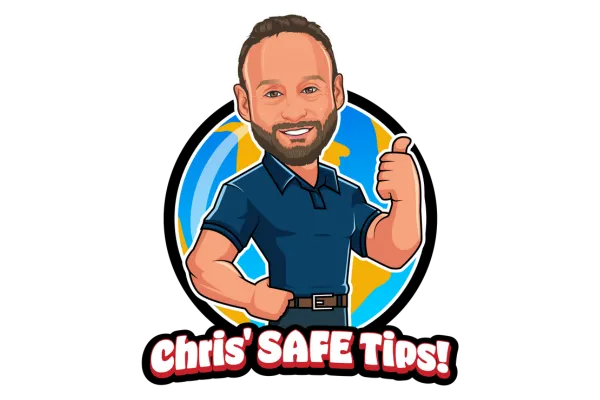
The 4 Personalities You'll Meet in Every Self-Defence Class
"If you don't know who you're teaching, you're not really teaching."
— Chris Roberts, Founder of SAFE International
In every self-defence class, you'll meet students with wildly different fears, backgrounds, and expectations.
Some are fearless.
Some are frozen.
Some want to fight.
Some just want to feel safe walking to their car.
As a self-defence instructor, it's not enough to teach 'the system.' You need to understand and connect with the person you're teaching.
After more than 30 years of working with over 200,000 people across schools, communities, and organizations, I've seen these four personalities appear again and again, not as jokes — but as real people trying to navigate their world with a little more safety and confidence.
Here are four common types, along with strategies for reaching them — especially when respecting their time is a priority.

🔴 1. Hardcore Harry
"If it moves, I hit it."
Harry has trained in every style — Muay Thai, Krav Maga, blade work, tactical baton, and maybe even samurai sword on weekends. He's often more interested in "winning" than preventing. He sees self-defence as a fight, not a survival skill.
As an instructor:
Shift him from combat mode to context mode
Reinforce the legal and ethical side of violence
Show how early recognition and prevention are more potent than any punch
🟡 2. Paranoid Peter
"Is it safe to breathe in here?"
Peter lives in a world of what-ifs. Every shadow hides danger. Every stranger is a threat. He's not looking for empowerment — he's looking for control over the uncontrollable.
As an instructor:
Don't feed his fear — ground him in preparation
Focus on building confidence through simple, repeatable tools
Teach that awareness doesn't mean fear — it means freedom
🟢 3. Timid Tim
"I don't want to upset anyone."
Tim is kind, soft-spoken, and often invisible — not because he wants to be, but because he's scared to stand out. He apologizes for taking up space and avoids conflict at all costs.
As an instructor:
Gently draw him out — praise small victories
Teach verbal boundary-setting as a superpower
Help him see that assertiveness ≠ aggression — it's safety in action
🔵 4. Realistic Roberta (or Robert)
"I know violence can happen — I just want to be ready."
Roberta isn't scared or cocky. She's aware. She prepares logically — not because she expects violence, but because she respects the reality of it.
As an instructor:
These students are often your allies — treat them as such
Dig deeper — they may be dealing with past trauma or future responsibility
Please encourage them to share what they've learned with others.
🧩 Why This Matters
Each of these personalities represents a real person with a genuine reason for attending your class.
But if your approach is one-size-fits-all… you might lose them.
And when you lose someone in a self-defence class — especially someone who may never come back — you miss a crucial opportunity to make a life-saving difference.
That's why, in the SAFE Self-Defence & Violence Prevention Certification, we train instructors not just in physical skills but also in recognizing the psychology, emotions, and unique needs of every student.
🔄 Want to Teach Smarter, Not Just Harder?
Explore more tips like these on the Instructor Tips page or learn more about becoming a SAFE Certified Instructor.
Because at the end of the day —
👉 It's not just about what you teach.
👉 It's about who you're teaching.
